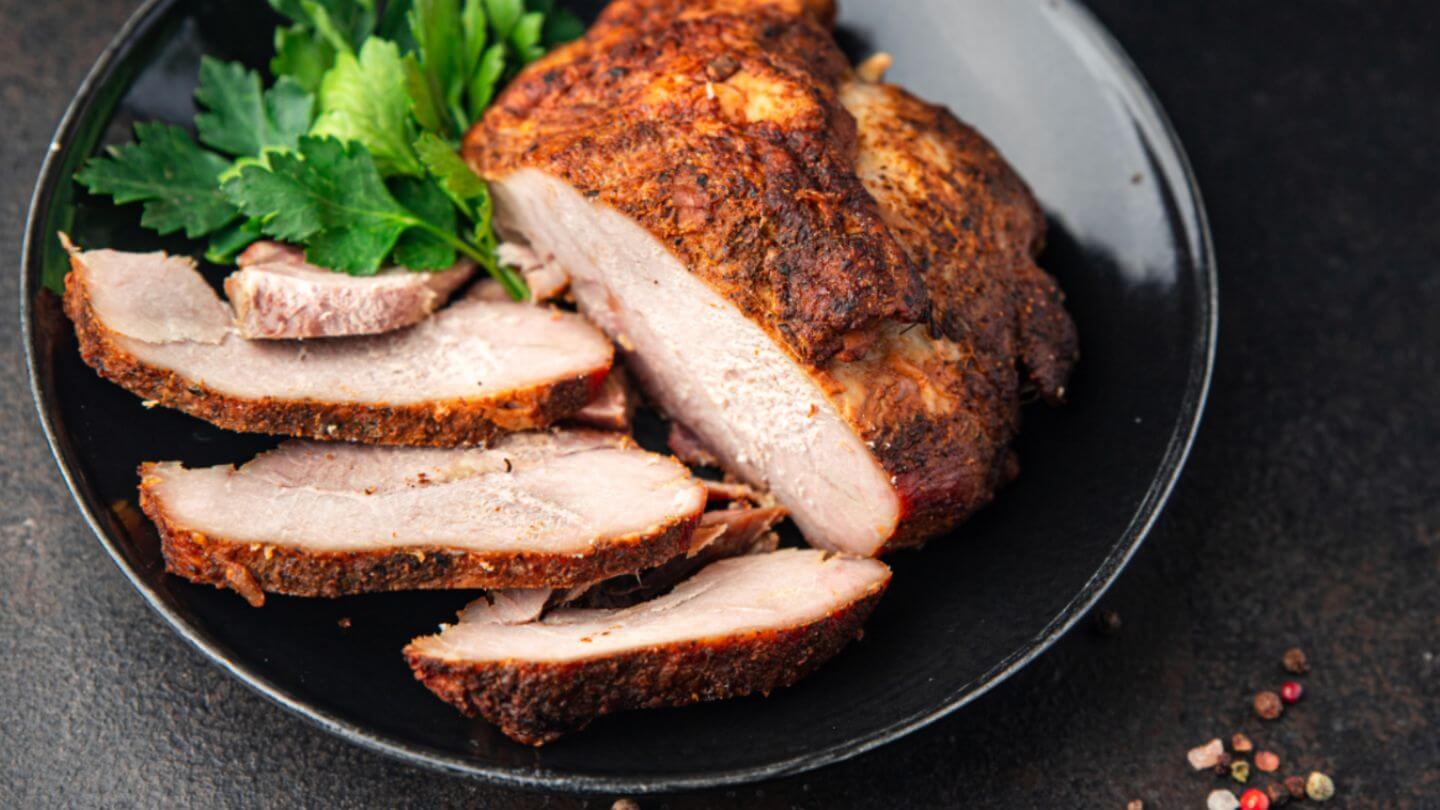
Prepare to transform your kitchen into a hive of culinary innovation as we start on a guilt-free, flavor-packed journey through the realm of rendered fat. Welcome to the world of brilliant tastes and healthier treats, where every bite tells a narrative of thoughtful cooking and exquisite taste. When it comes to reducing the calorie content of your favorite dishes, smart cooking techniques can be your secret weapon. One such technique involves rendering fat from ingredients like chicken skin and pork fat, making your meals not only healthier but also incredibly flavorful. In this article, we’ll explore multiple ways to cut down on calories by employing the art of rendering fat, allowing you to savor every bite guilt-free.
Rendering Chicken Skin:
The process of rendering chicken skin involves melting the fat from the skin, leaving you with a crispy and delicious protein source that’s lower in calories, and free chicken oil that when collected can be an alternative source to replace seed oils with.
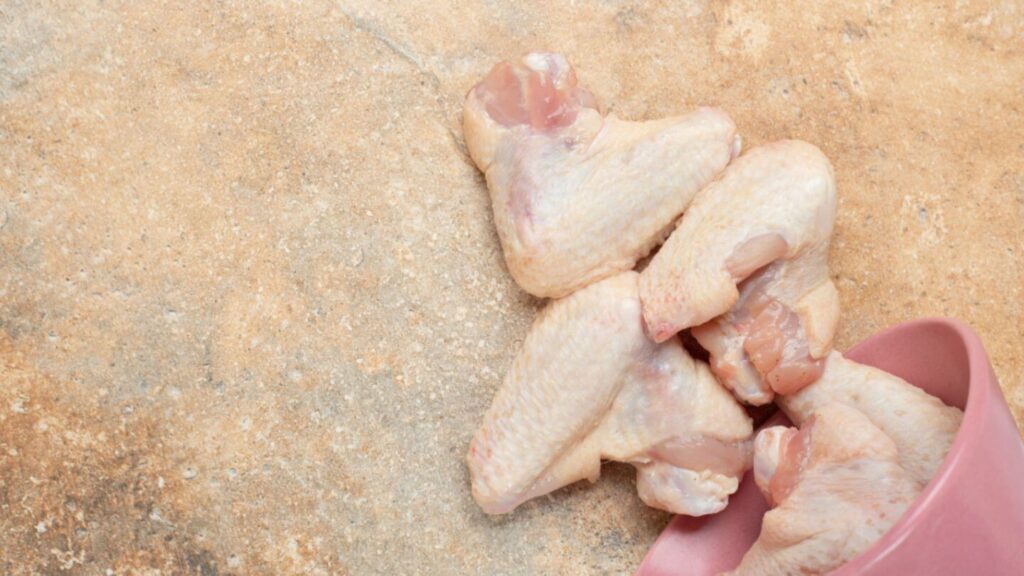
1. Start by removing the skin from the chicken.
Then, in a skillet over low heat, place the skin pieces skin-side down. As the fat begins to melt, the skin will turn crisp. Gently pat the skin with a paper towel to remove excess fat. The result is a crunchy, flavorful garnish that adds texture and taste without the extra calories.
This technique can also be used so that you no longer have to add olive oil or vegetable oil into the pan when pan frying, you can render all of the skins in advance and control the amount of oil that you’ll start your dishes with before you saute your vegetables or start the cooking process.
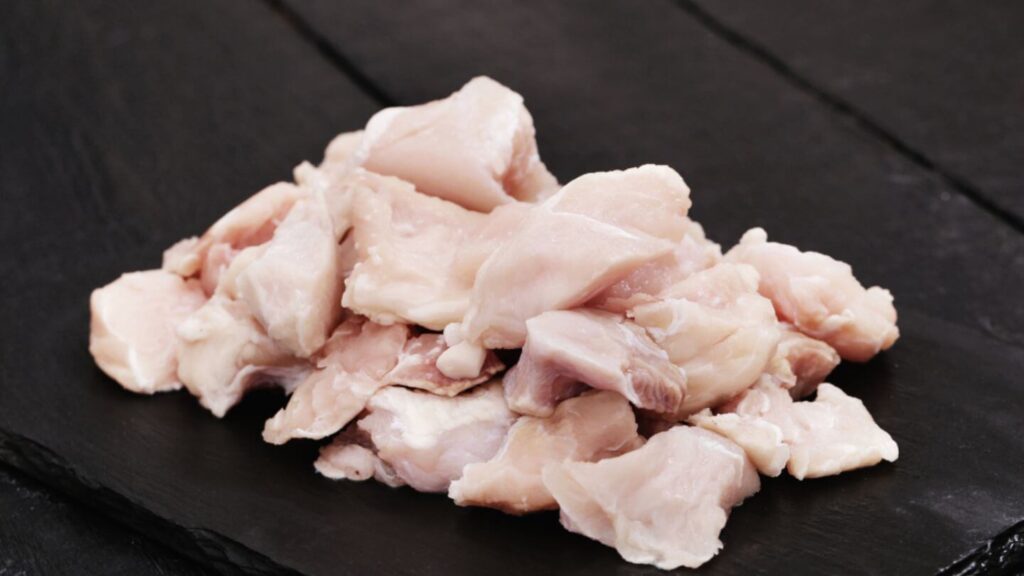
2. Savory Slow Cooking with Reduced Pork Fat:
Slow cooking is renowned for its ability to transform tough cuts of meat into tender, succulent delights. However, fatty cuts like pork shoulder can pack a caloric punch.
Trim excess fat from the pork and cut it into manageable pieces. In a pan, slowly heat the pork pieces, allowing the fat to melt and collect. Once rendered, strain out the liquid fat and proceed with the slow cooking process. You can also keep the pork crisps and keep it as a snack after you pat it dry with paper towels. This technique infuses the dish with savory goodness while reducing the overall calorie content if you decide to put some of the rendered fat back into stews or sauces for example it is at your own volition and not just because you were forced to because of the original fat content of our piggy friends.
3. Strained Fat Infusion for Intense Flavor
If you’re looking to elevate your dishes with robust flavors, consider the technique of rendering and straining fat. This method allows you to harness the essence of the fat while minimizing its caloric impact.
Choose your fat source, whether it’s chicken skin, pork fat, or any other flavorful fat. Slowly heat the fat in a pan until it liquifies. Strain the melted fat through a fine sieve or cheesecloth to remove any impurities. The resulting liquid can then be used to sauté vegetables, flavor rice, or drizzle over cooked meats for a burst of taste without a calorie overload.
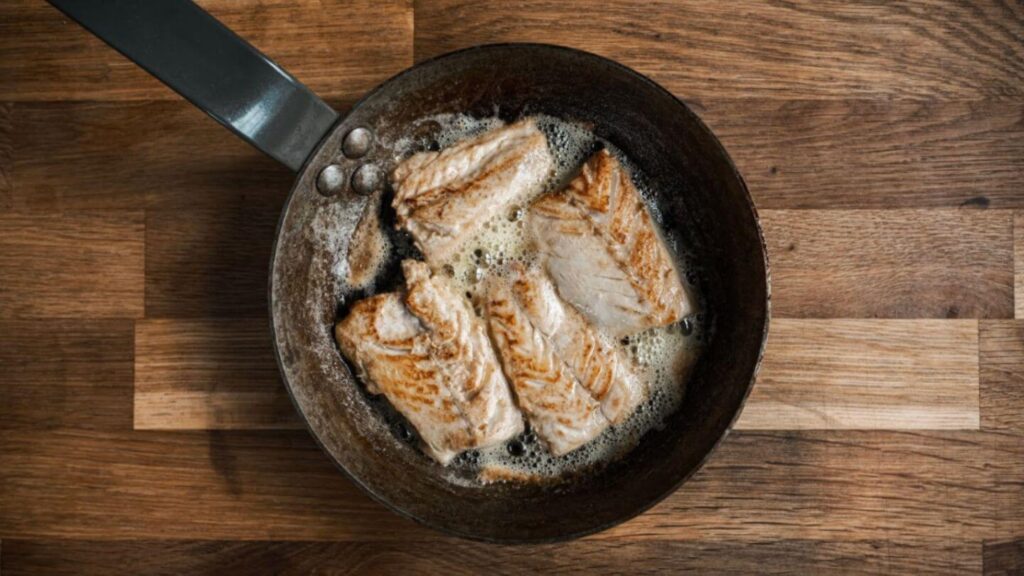
Cooking smarter doesn’t mean sacrificing flavor. By mastering the art of rendering fat, you can enjoy your favorite dishes with reduced calorie counts while still indulging in deliciousness. Whether you’re crisping up chicken skin or infusing slow-cooked dishes with rich flavor, these techniques allow you to savor every bite without the guilt. So, go ahead and experiment in your kitchen, transforming high-calorie ingredients into delectable delights that support your health goals.
Precise Portion Control: Spooning Out Rendered Fat for Calorie Control
When it comes to rendering fat, an often overlooked yet highly effective method of controlling calories involves using a spoon to portion out the rendered fat or oil. This technique allows you to strike a balance between flavor and health, ensuring that you get the best of both worlds.
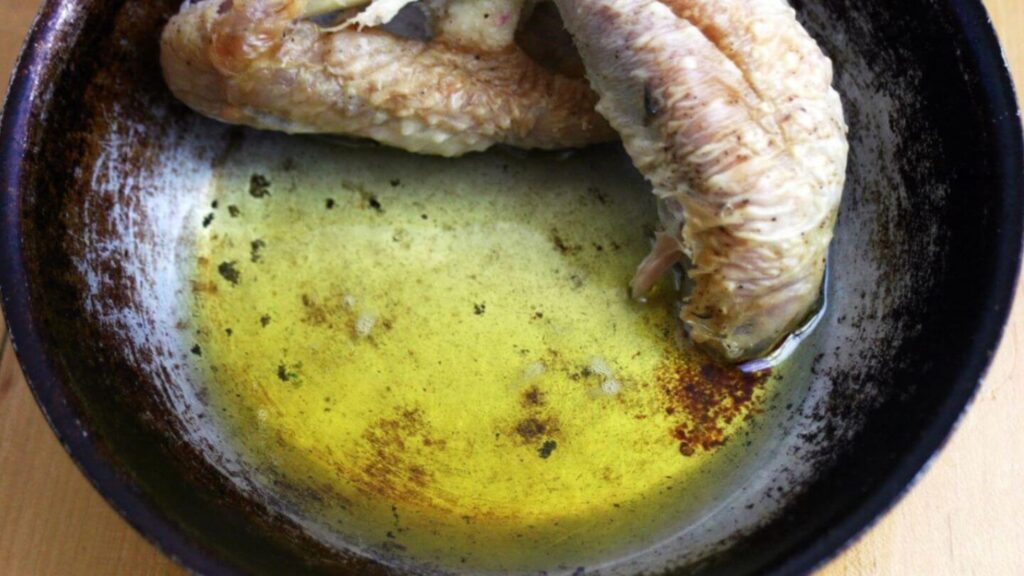
Render the Fat: Begin by following the traditional rendering process outlined earlier. Whether you’re working with chicken skin or pork fat, the goal is to melt down the fat and separate it from the solid components.
Use a Spoon: Once the fat has been rendered and is liquified in the pan, switch off the heat temporarily. Use a spoon to scoop out the liquid fat.
Portion Control: As you scoop out the rendered fat, allow the excess to drip back into the pan. This step is crucial for controlling the amount of fat that makes its way into your dish.
Strain if Desired: For even finer calorie control and a cleaner finished dish, strain the fat as it’s scooped out. You can place a fine sieve or a piece of cheesecloth over a container and pour the fat through it. This step removes any last traces of solid particles and impurities from the fat.
Reincorporate for Flavor: Remember, while you’re reducing the amount of fat in your dish, fat is also a flavor carrier. After straining, consider reintroducing a small portion of the strained fat back into the dish. This way, you’re maximizing taste while keeping calories in check.
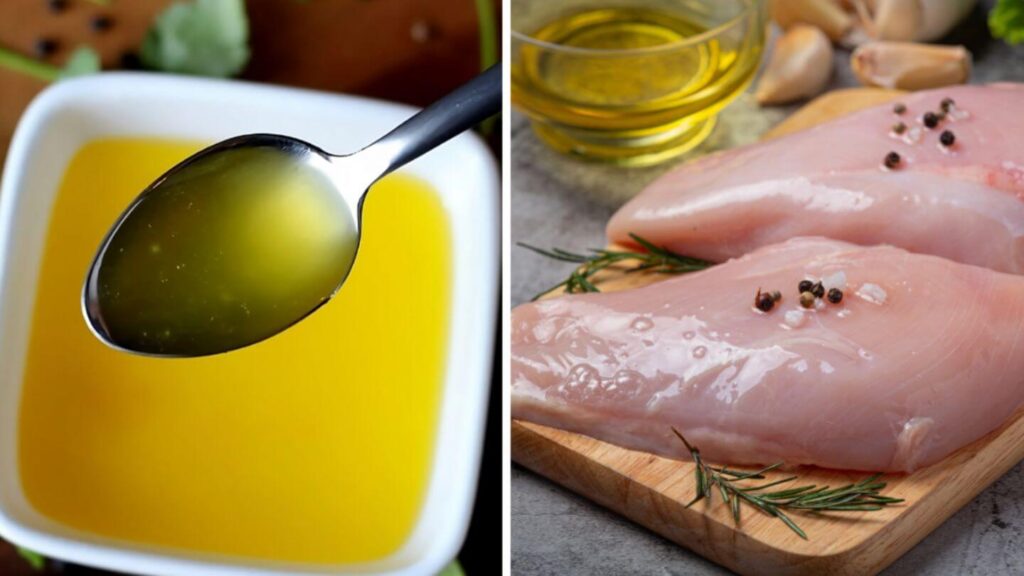
Benefits:
Calorie Reduction: By using the spooning out technique, you have direct control over how much rendered fat ends up in your meal. This level of precision is especially useful if you’re closely monitoring your caloric intake.
Flavor Enhancement: The technique of spooning out fat doesn’t mean sacrificing flavor. In fact, it allows you to enjoy the richness of the fat without overwhelming your dish with excess calories.
Visual Appeal: Spooning out fat ensures that your dish maintains an appealing appearance. You’ll avoid the heaviness and greasiness that can sometimes result from excessive fat.
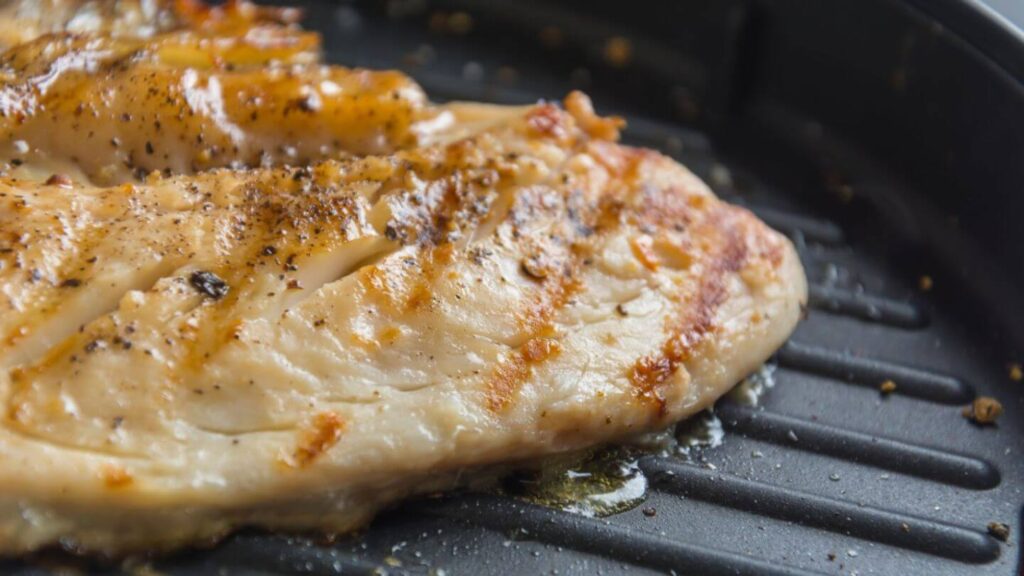
Cooking with rendered fat doesn’t have to be an all-or-nothing proposition. By incorporating the spooning out technique, you’re taking control of your meal’s calorie content while still savoring the distinct flavors that fat can bring. Experiment with this precise portion control method, and watch as your dishes become healthier, lighter, and equally delicious. There you have it! More tips from the mess hall. MASALA MAKER OUT!


